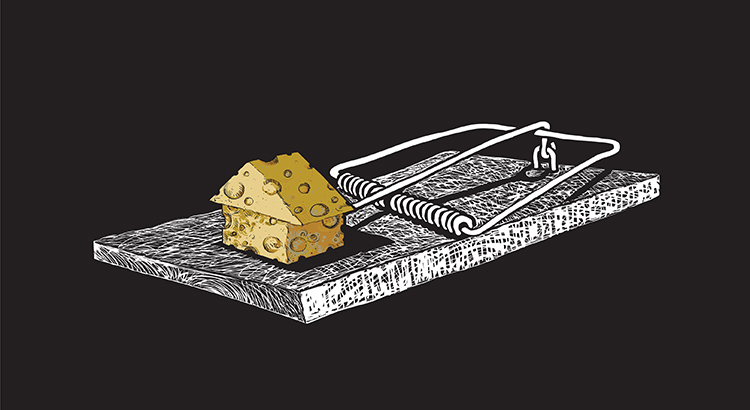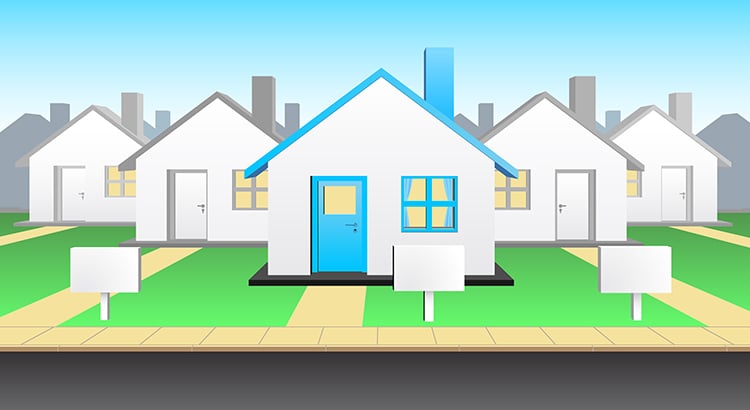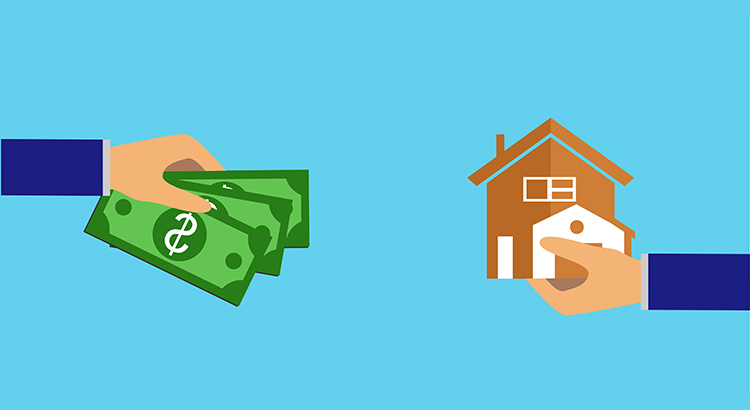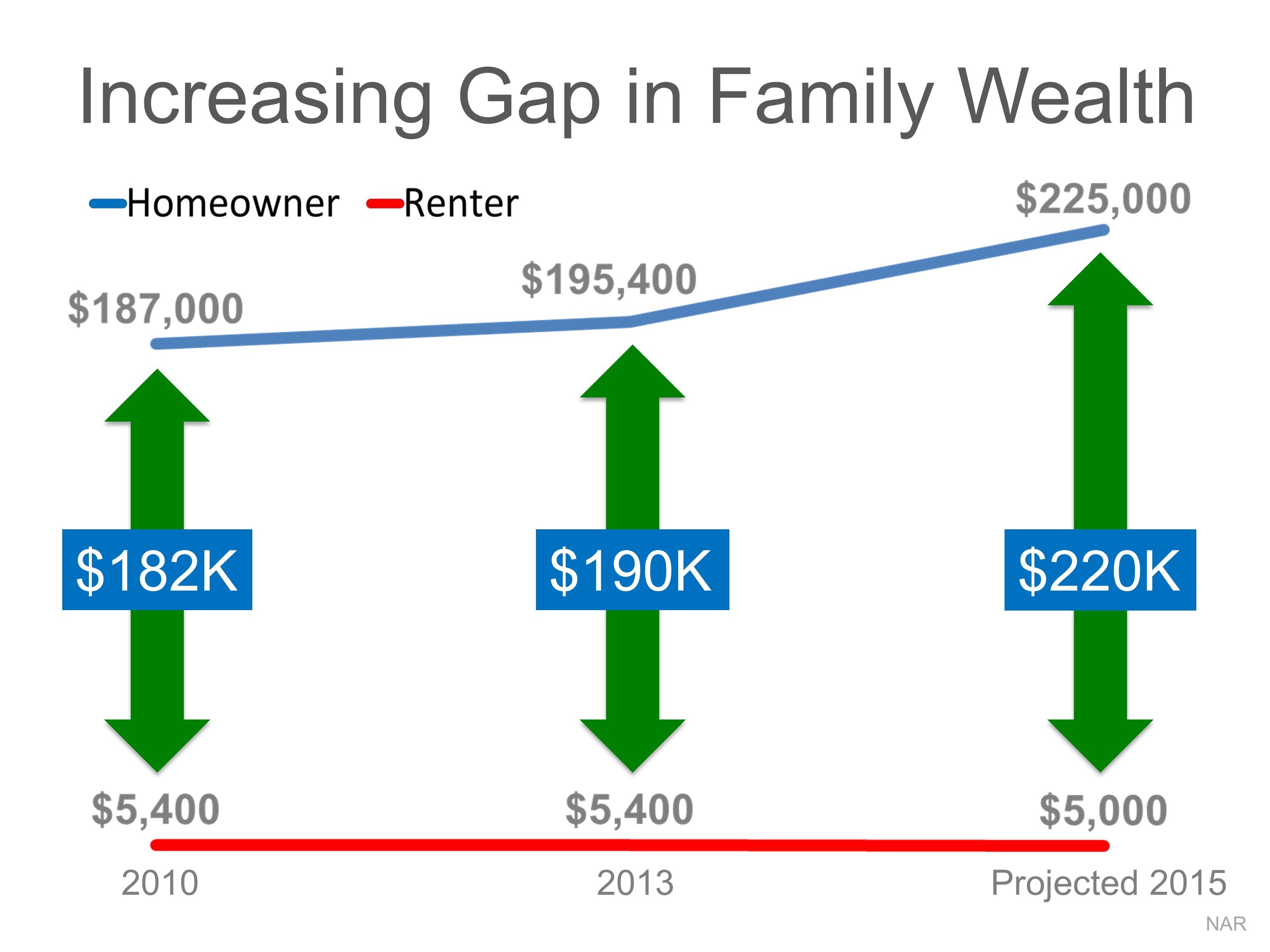10 Home Improvement Projects You Can Do in a Day
cash. But don’t let that scare you. Many projects can be done in a day, and if you’re smart about it,
says Kerrie Kelly, founder of Kerrie Kelly Home Design Lab, they’ll boost curb appeal without
breaking your budget.
“Whether it’s something you leave on a list for a handyman to do or you do it yourself, which is
always gratifying,” she says. Here are few of her favorites.
1. Switch the hardware
Sometimes it’s easiest to begin with the front of the house rather than what’s inside, Kelly says,
especially if you’re on a tight budget. To that end, changing the front doorknob and lock is a quick
update that only takes a few minutes and can complement the style of the house. Add a kick plate
for a touch of glam or go gold for a traditional feel.
2. Brighten the lights
Another quick, simple way to brighten your home is by changing the lights in the front yard. Feel
free to purchase new ones, or better yet, clean the ones you already have. Your home will look
far less spooky at night, and you’ll actually see where you’re walking.
3. Paint the door
If scrubbing bug-infested front yard lights isn’t your thing, put a new coat of paint on your front door
to freshen it up. Go for something that complements the house’s exterior or be bold and opt for a
pop of color, Kelly says, which will set the right tone.
4. Upgrade your house numbers
House numbers and address plaques are another quick update that can make a big difference.
With the proper placement, they can make your house easier to find—not a bad thing when trying
to sell—and the right style of numbers can help play up its architecture.
5. Plant a vertical garden
Beautify a blank wall by planting a vertical garden. “It can add architecture to the side or back of a
home and be more structural” if you opt for, say, hanging planters, stacked crates, or a lattice,
Kelly says. And the plants can be anything, from herbs used for cooking to bright gerbera daisies
and vines.
6. Update kitchen or bath fixtures
Nothing modernizes a bathroom or kitchen quite like changing the fixtures. If you’re starting from
scratch, you may want to coordinate with the rest of the room, although Kelly says she’s been
seeing a lot of mixed metal and mixed wood. “People are more forgiving [of a lack of cohesion],
and it seems more livable in our eyes,” she says.
7. Paint a piece of furniture
A fresh coat of paint can make old furniture feel new, Kelly says. Anything from bookcases to
shelves to nightstands is an easy project, and if you mess up, so what? Just paint it again. “It’s not
such a commitment, which is nice,” she says.
8. Install a fan
Installing a fan doesn’t take more than a few hours and is an inexpensive way to add interest to a
room. Just remember to keep it “sleek and simple,” Kelly says, as low-profile fans are the best.
“Don’t get too cute with it since it can quickly become dated.”
9. Change the cabinet hardware
“Changing the actual cabinet hardware can make a huge difference,” says Kelly, who recommends
going with nickel for a more modern look. “It can dress up the cabinet.” Clear knobs are another
option for a timeless and elegant feel, plus, they match nearly everything.
10. Add light dimmers
These days, homeowners are adding light-control dimmers and switches for the energy efficiency,
not just the drama, Kelly says. “[Dimmers] are very affordable and create mood and ambiance,
” plus you can use them with the lights that you already have. For a dramatic look, they work great
in the dining room and bedroom.
If you are considering a home sale or purchase, please call, text or email.
Thanks and Happy New Year








